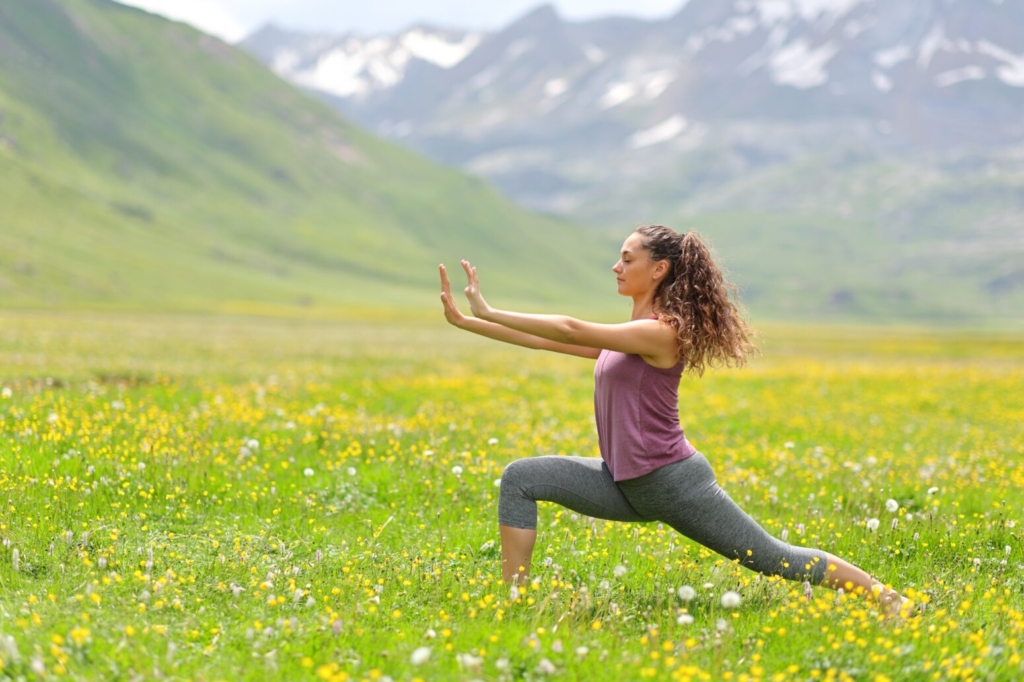Oriental Medicine, including Acupuncture, is the oldest professional and continually-practiced medicine in the world. The medical system’s written literature stretches back 2,500 years and archaeological evidence of acupuncture extends back as far as 4,000 years ago. The basis of Oriental Medicine is found in the processes of nature – in the ability to undergo and regain balance. Acupuncture aims to re-establish this balance and harmony within the body by supporting the body’s healthy energy and dispersing any pathological energy. Through balance within the body overall health and wellness can be achieved.
The most recognized method of re-establishing balance in Oriental Medicine is Acupuncture, which involves the insertion of very fine, sterile needs into points along pathways called “meridians”. The needles regulate and build the body’s “Qi”, or life force energy, which flows along the meridians. Other modalities that are frequently used with acupuncture include:
- Herbal medicine
- Exercise, including Qigong and Tai Qi
- Nutritional Therapy
- Feng Shui, or the Art of Placement
- Tui Na or Asian Massage Therapy
- Meditation
Learn more about Lynne Drakos.



